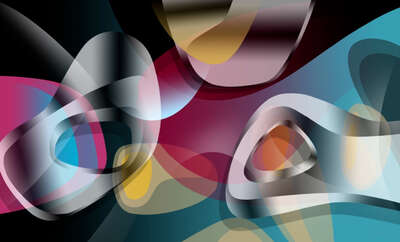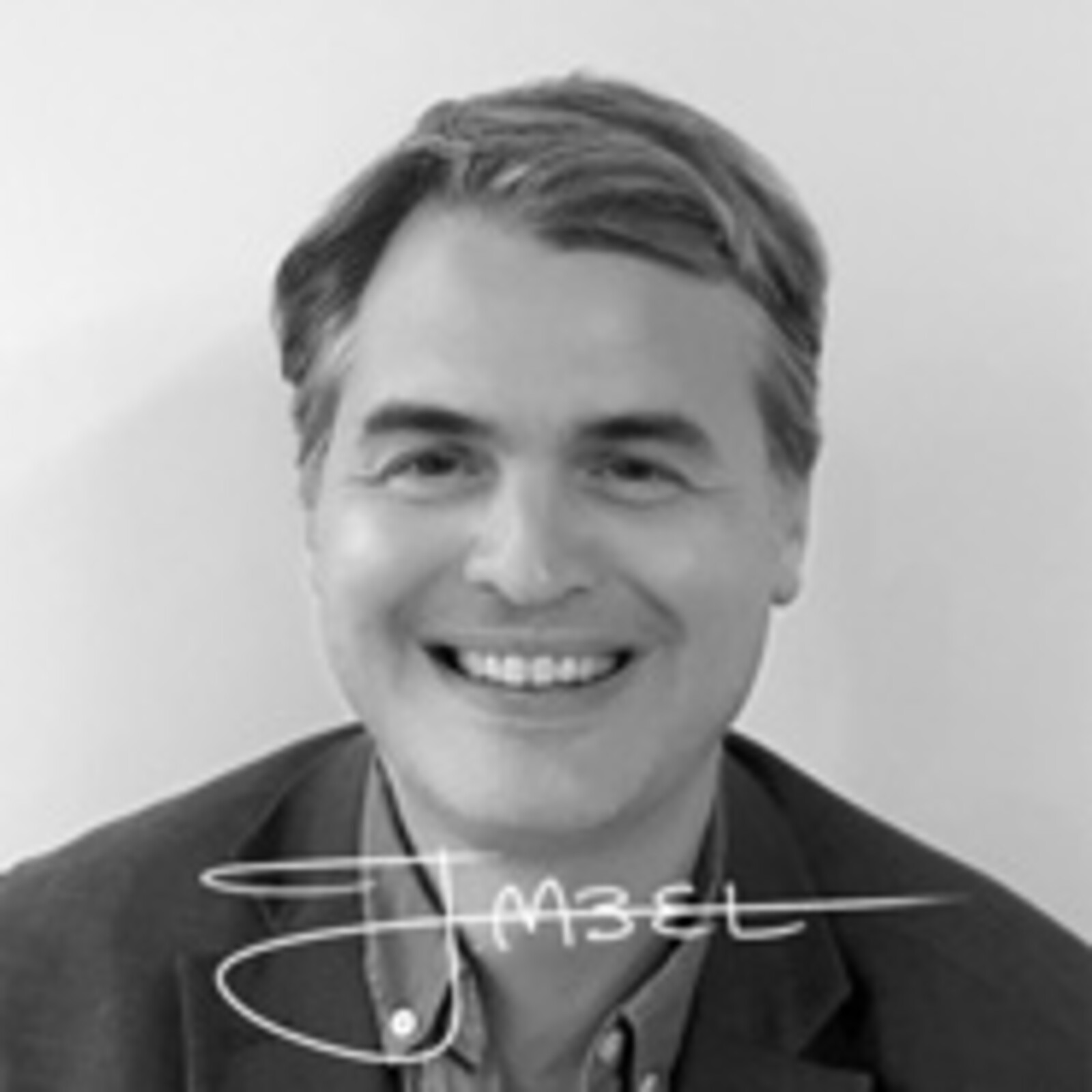Introduction
Lacking any acute and obtuse angles, Jonas Aabels’s abstract organic colour templates rotate in complex concentric circles within the two-dimensional image space. Especially his generative works feel like the gears of futuristic machines with abstract connecting rods. The young Norwegian industrial designer originally worked with digital painting and has already produced a large series of digital works. His visual vocabulary possesses clear similarities to Nordic predecessors such as Gunnar S. Gundersen and Odd Tandberg, whose abstract paintings had a great impact on the postwar era in Scandinavia.
Unlike these old masters of modern abstract painting, Aabel produces his paintings and generative objects exclusively using a digital pencil and with the use of various drawing programs. Especially when it comes to his sophisticated transparencies and finely balanced colour gradients, technology is of great help. It allows him to optimally control the slow gradations and diverse transparent overlays in the image and thus to balance them delicately and precisely according to his ideas. As abstract paintings that stand on their own, his images possess a thoroughly distinctive and highly harmonious, easily recognisable style.
Driven by a generative process, they even grow to transcend themselves. The previously balanced mood of geometrically round, overlapping and intersecting forms now takes on a machine-like esprit that recalls classical modernism and its early machine aesthetics – except that the speed of the morphing has been slowed down to an absolutely sensual and very calm pace. These works reflect not the hard rhythmic beat of industrial modernism but the translocating, soft twisting and turning of organic forms that continuously change in size and volume. Soft and hard are no longer opposites but complement one another and are combined into a new working material. For the viewer, it feels as if we have arrived in the age of organic machines.
Stephan Reisner




